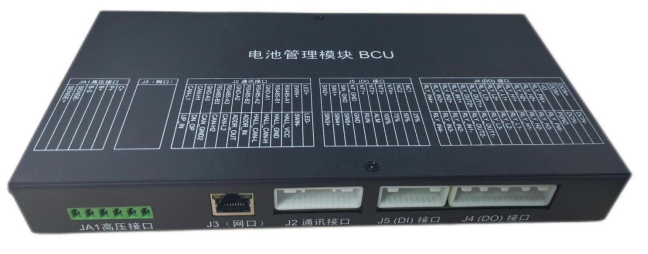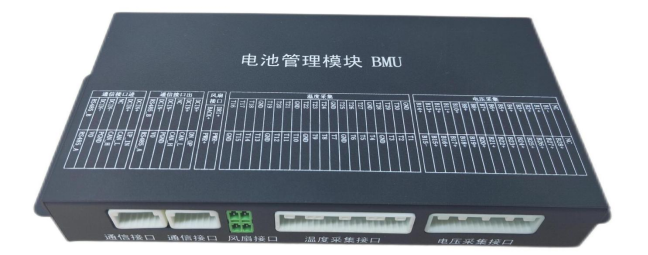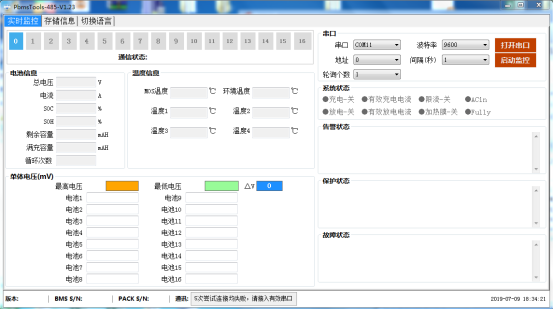What are the functions of the battery management system BMS

 Back
Back
2023/03/22 11:04:14
A battery management system (BMS) monitors battery status, manages battery charging and discharging, improves battery efficiency, prevents battery overcharging and overdischarging, and prolongs battery service life. It consists of one primary controller (BCU) and multiple secondary controllers (BMUs).
It has monitoring function, control function, state estimation analysis, fault diagnosis and early warning.
I. Monitoring function:
1. Real-time monitoring of single battery temperature is to avoid the battery working at too high or too low temperature
2, real-time monitoring of single battery voltage to avoid overcharge and overdischarge
3, monitoring the total voltage total current is mainly to calculate the remaining power and the maximum charge and discharge power
4. The main purpose of monitoring the insulation status of the battery pack is to avoid safety problems caused by leakage. The insulation resistance shall be greater than 100 ohms /V for DC and 500 ohms /V for AC
Two, control function:
1. The charging and discharging of the battery pack is always carried out in a safe state through the relay
2, the battery balance control can better maintain the consistency of the battery, improve the use efficiency
3. Too high or too low temperature will accelerate the aging of the battery and reduce its life. Thermal management of the battery pack is to ensure that the battery works at the normal temperature
Iii. State estimation
1. Real-time residual power monitoring (SOC) to estimate the remaining range
2. The maximum charge-discharge power (SOP) is the power capability of the real-time battery, which, if not limited, will result in overcharge or overdischarge of the battery
3. Battery health status (SOH). If the battery capacity is reduced to 80% and the SOH is reduced to 0, replace the battery
Iv. Fault Diagnosis and warning:
Overvoltage, undervoltage, high temperature, low temperature, overcurrent, low power, insulation leakage, relay failure, BMS hardware failure, communication failure, etc











 Previous
Previous



